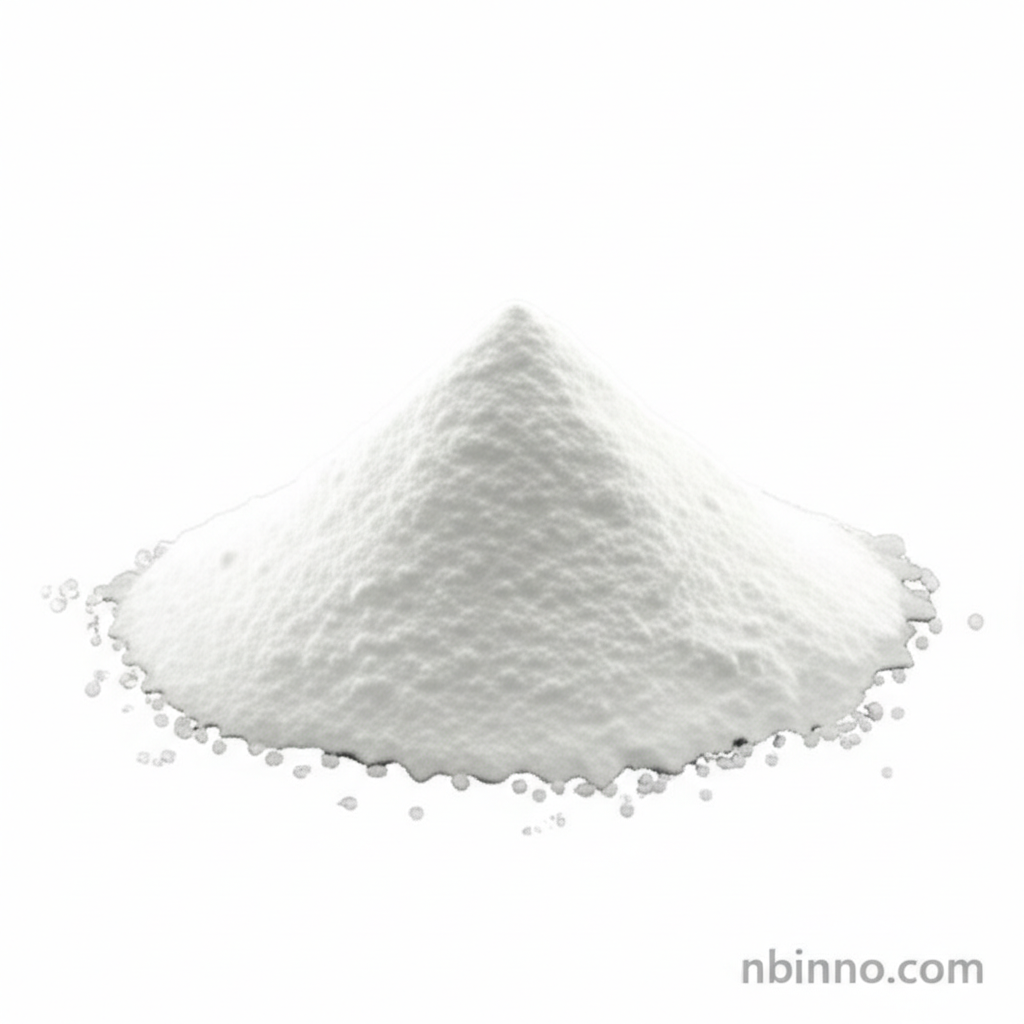Daidzin: Unveiling its In Vivo Metabolic Journey and Pharmacological Potential
Explore the complex distribution and metabolism of Daidzin in vivo using advanced mass spectrometry imaging techniques.
Get a Quote & SampleProduct Core Value

Daidzin
Daidzin, a naturally occurring isoflavone from soybeans, serves as a critical compound for various pharmacological investigations. Its chemical structure and metabolic fate in vivo are of significant interest for understanding its health benefits.
- This study investigates the in vivo distribution and metabolism of Daidzin in mice, offering crucial data for its therapeutic potential.
- Utilizing MALDI-TOF MSI, we gain unprecedented insights into the spatial distribution of Daidzin metabolites within different organs.
- The research delves into the anti-inflammatory activities of Daidzin and its derivatives, linking them to the JNK signaling pathway.
- Molecular docking studies elucidate the binding mechanisms of Daidzin with target proteins, providing a theoretical basis for its efficacy.
Advantages of Daidzin Research
Advanced Analytical Techniques
The application of MALDI-TOF MSI allows for precise in situ distribution studies of Daidzin and its metabolites, overcoming limitations of traditional methods.
Mechanism Elucidation
Understanding the Daidzin and JNK signaling pathway interaction through molecular docking provides a deeper insight into its anti-inflammatory effects.
Pharmacological Insights
The comprehensive analysis of Daidzin metabolism in vivo guides further research into its bioavailability and therapeutic applications.
Key Applications
Pharmacological Research
Daidzin is utilized for content determination, identification, and detailed pharmacological experiments, contributing to the understanding of isoflavone bioactivity.
Metabolomic Studies
The Daidzin metabolism in vivo and its derivatives in mice are extensively studied to map their distribution and transformation pathways.
Anti-inflammatory Investigations
Research focuses on the anti-inflammatory properties of Daidzin, exploring its role in signaling pathways like JNK.
Drug Development Support
Insights from Daidzin distribution in mice and its chemical properties aid in the development of new therapeutics based on isoflavones.
